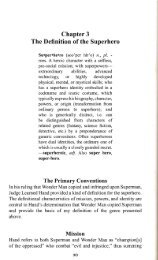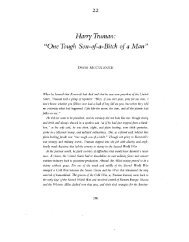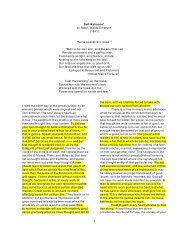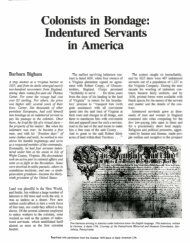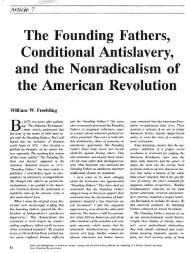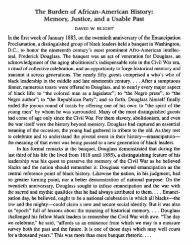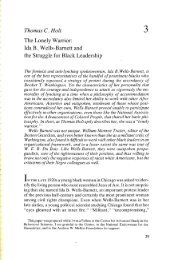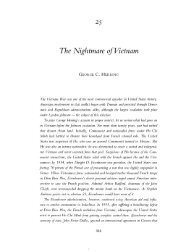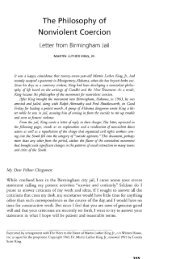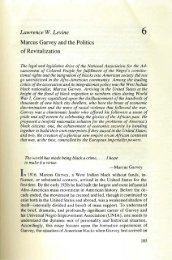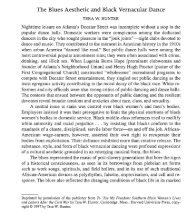Mary - Journeytohistory
Mary - Journeytohistory
Mary - Journeytohistory
You also want an ePaper? Increase the reach of your titles
YUMPU automatically turns print PDFs into web optimized ePapers that Google loves.
284 From Slavery to Freedomplace in the leadership of the Democratic party. It no longer followed solely theplantation aristocrats, with whom the small farmers felt that they had somefanners'growing thing in common; industrialists and merchants, whom thedis utisfuctioJl with small farmers disliked intensely, had come forward and wereUle Democratic assuming important roles in party politics. In some states theylJ:lrt)'were the dominant figures. The radical farmers, who wantedregulation of railroads, state aid for agriculture, and higher taxes on corporations,did not take to these new leaders and consequently wavered in theirparty regularity. The threat of a black balance of power did not frighten hungrywhite farmers, whose unconcern about race alarmed loyal Democrats. Smallwonder that Henry W. Grady deplored the defections he saw everywhereamong whites.Radical agrarian organizations had flourished all over the United States afterthe Civil War. The National Grange, or Patrons of Husbandry, was attractingthousands of farmers by 1870, but it was kept within bounds in the South duringReconstruction because of the dangers of "Negro-Radical" rule. Prostratedby depression, however, Southern farmers organized and adopted a radical program.By 1889 the Southern Farmers' Alliance had branches in every SouthernSouthern farmer'S' state. Although they did not admit black members, they beAlliance and lieved that blacks should at least be lined up in a parallel orColored farmers' ganization. In 1886, therefore, the Colored Farmers' NationalAlliilnce Alliance and Cooperative Union came into existence. It grewrapidly and by 1891 claimed more than a million members in twelve state organizations.There were local chapters wherever black farmers were sufficientlynumerous. After a national organization was perfected in 1888, therewas for a time close cooperation between the white and black groups. But whenthe Colored Farmers' Alliance proposed to call a general strike of black cottonpickers, Leonidas L. Polk, president of the National Farmers' Alliance, opposedit with the argument that blacks were attempting to better their condition atthe expense of whites. He insisted that farmers should leave their cotton in thefield rather than pay SO cents per 100 pounds to have it picked.As the program of radical agrarianism evolved during the last two decadesof the century, however, black and white farmers in the South drifted closer togetherand white solidarity became more difficult to maintain. Radical leaderslike Tom Watson of Georgia told poor whites and blacks that they were beingdeliberately kept apart and fleeced. He called on them to stand together andwork for the common good. Along with other leaders, Watson was at the timeopposed to black disfranchisement and looked forward to a coalition of blackand white farmers to drive the Bourbons from power. Then it would be possibleto adopt progressive laws especially beneficial to the poor man. C. Vann Woodwardsays that under the tutelage of radical agrarian leaders the white massesof the South were learning to regard blacks as political allies bound to themby economic ties and a common destiny. "Never before or since have thetwo races in the South come so close together as they did during the Populiststruggles."



